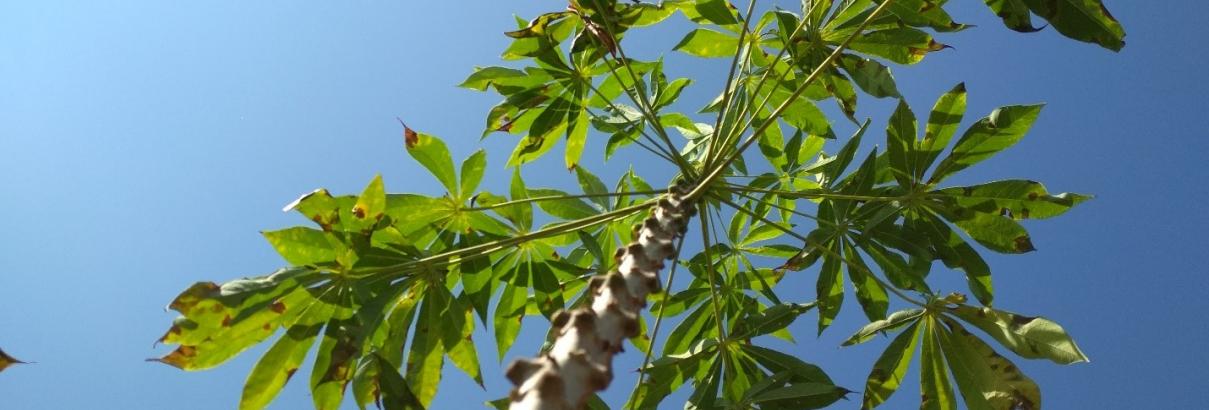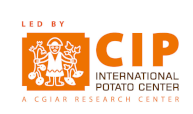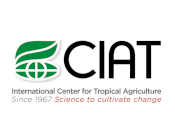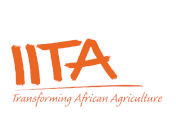The RTB Crop In situ Conservation Knowledge Base is an initiative of the Root, Tuber and Banana (RTB) research programme of CGIAR. It was developed within research cluster DI1.4 Tapping into Genetic Diversity of Flagship 1 of RTB research programme “Enhanced Genetic Resources”.
The aim of this website is to document and share knowledge about the species, landraces and genetic diversity of [priority] RTB crops (such as Bananas, Cassava, Potatoes, Sweet Potatoes and Yams). This data can then be openly consulted, allowing for better conservation, management, and use of these resources for crop improvement, enhancing livelihoods of millions of people, and improving global food and nutrition security.
It specifically provides detailed information on:
- the geographical distribution and related information (habitat types) of crops and their wild relatives, identifying valuable hotspots of living diversity across their habitat distribution;
- the species, landraces and genetic diversity of RTB crops on farms and in the wild or semi-wild;
- the conservation status of RTB landraces and their crop wild relatives;
- associated socio-cultural information on crop management and use;
- time series data of the RTB crop diversity at specific locations to detect changes;
- best practices for in situ conservation including guidelines, manuals, protocols, descriptors, handbooks, videos, photographs, and useful links.
Our Target audience and beneficiaries
The RTB Crop In situ Conservation Knowledge Base is intended to be used primarily by the scientific and conservation planning communities to collate data on RTB crop diversity so that it can be used to monitor and protect the diversity of RTB crops.
However, the site will also benefit other stakeholders:
- Breeders will have access to information about in situ diversity which they can use to guide their breeding work.
- Farmers will have access to information on the location and habitat types of different RTB varieties.
- Universities will benefit from this important collection of resource materials for their research and as training materials on agricultural biodiversity conservation.
- Policy makers at national, regional and global levels will benefit from state of the art information on the diversity of RTB in countries, their in situ occurrences and hotspots to guide their policy development for effective conservation and use of RTB genetic resources.
Website development and maintenance
The RTB Crop In situ Conservation Knowledge Base was developed within the second phase of the CGIAR RTB research programme, which was implemented between 2016 to 2021.
The information contained in this website including procedures and learning resources were compiled and written by crop specific experts and conservation scientists from Alliance of Bioversity International and CIAT, CIP, CIRAD and IITA.





